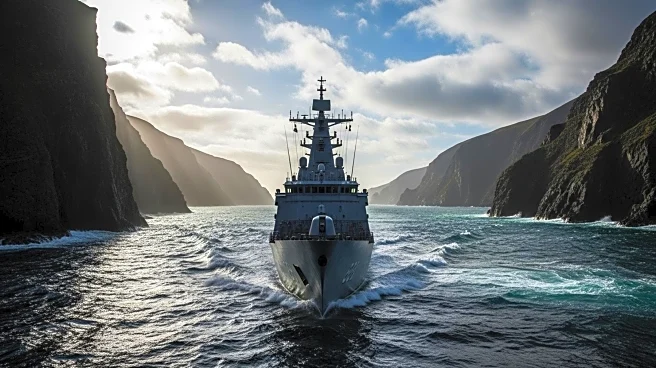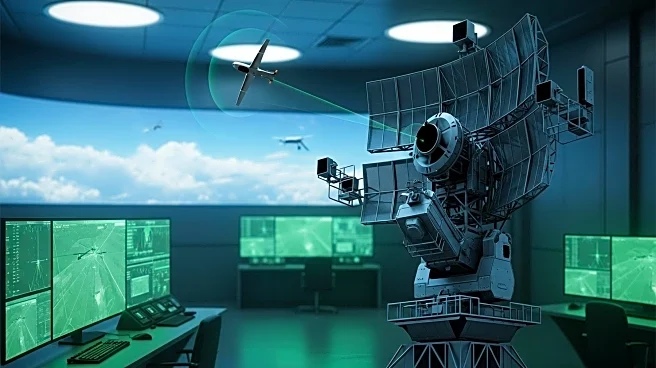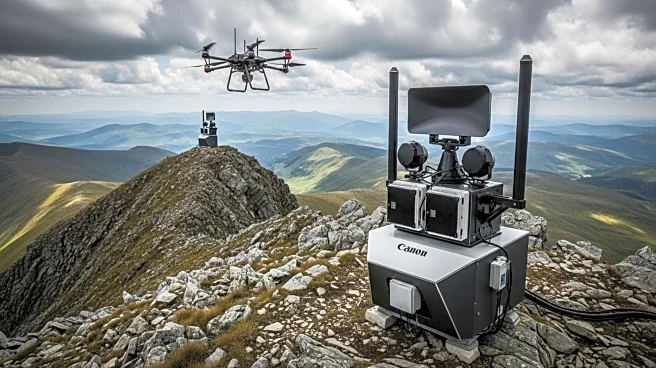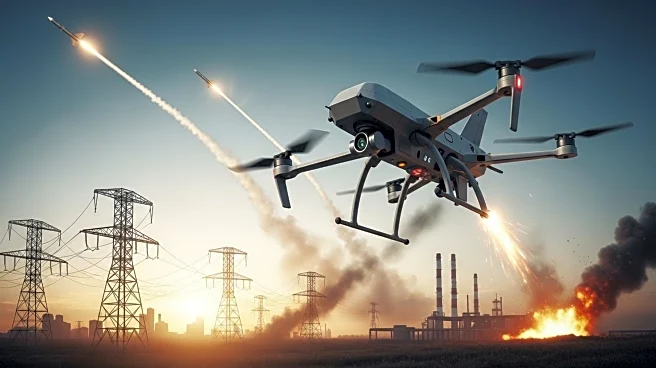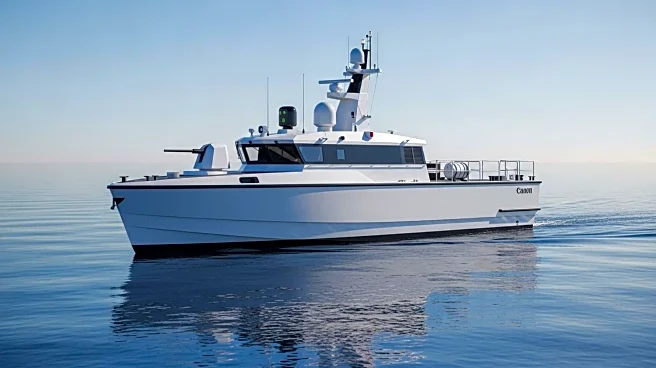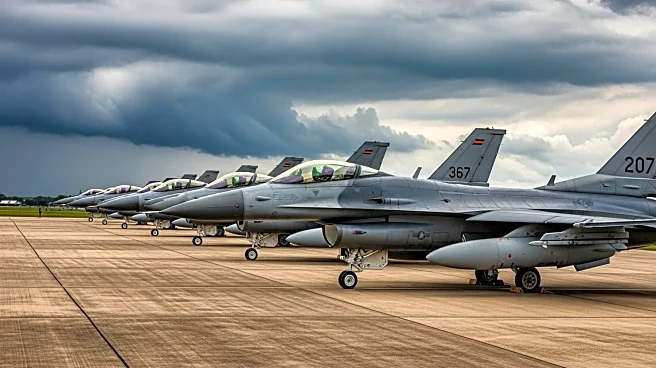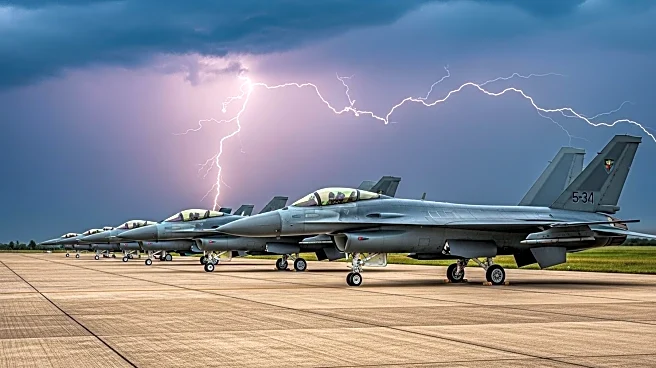What's Happening?
Maritime Robotics deployed its autonomous sea drones during NATO's REPMUS and Dynamic Messenger 2025 exercises in Portugal. These drones demonstrated enhanced safety, efficiency, and situational awareness across various mission applications, including seabed mapping, mine countermeasures, and critical infrastructure monitoring. The exercises, hosted by the Portuguese Navy, aimed to integrate autonomous technologies into naval operations. Maritime Robotics' drones provided high-resolution hydrographic data, persistent monitoring of subsea assets, and supported anti-submarine warfare exercises, showcasing their ability to outperform crewed vessels in efficiency and risk reduction.
Why It's Important?
The deployment of autonomous sea drones in NATO exercises marks a significant advancement in maritime defense capabilities. These drones offer a safer and more efficient alternative to traditional manned vessels, reducing risks to personnel and enhancing operational effectiveness. The technology supports critical missions such as mine clearance and infrastructure monitoring, which are vital for national security and maritime safety. As uncrewed systems become essential in defense operations, they represent a shift towards more resilient and scalable capabilities, influencing future naval strategies and investments in autonomous technology.
Beyond the Headlines
The successful integration of sea drones in NATO exercises highlights the growing importance of autonomous systems in military operations. This shift raises ethical and legal considerations regarding the use of uncrewed vehicles in combat scenarios. Additionally, the technology's ability to perform long-endurance missions could lead to changes in naval tactics and the design of future maritime fleets. The emphasis on sustainability and efficiency aligns with broader environmental goals, potentially reducing the carbon footprint of naval operations.


